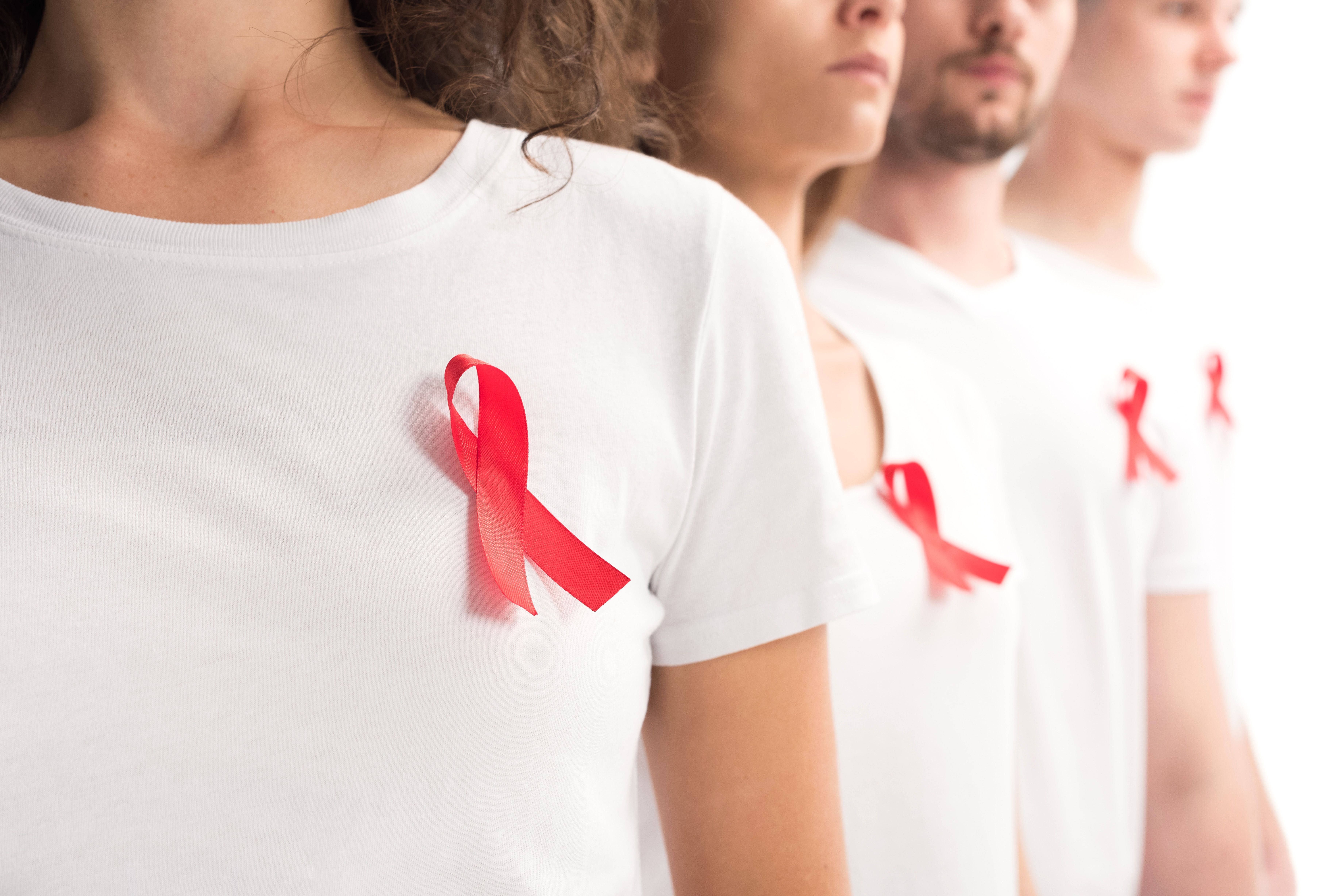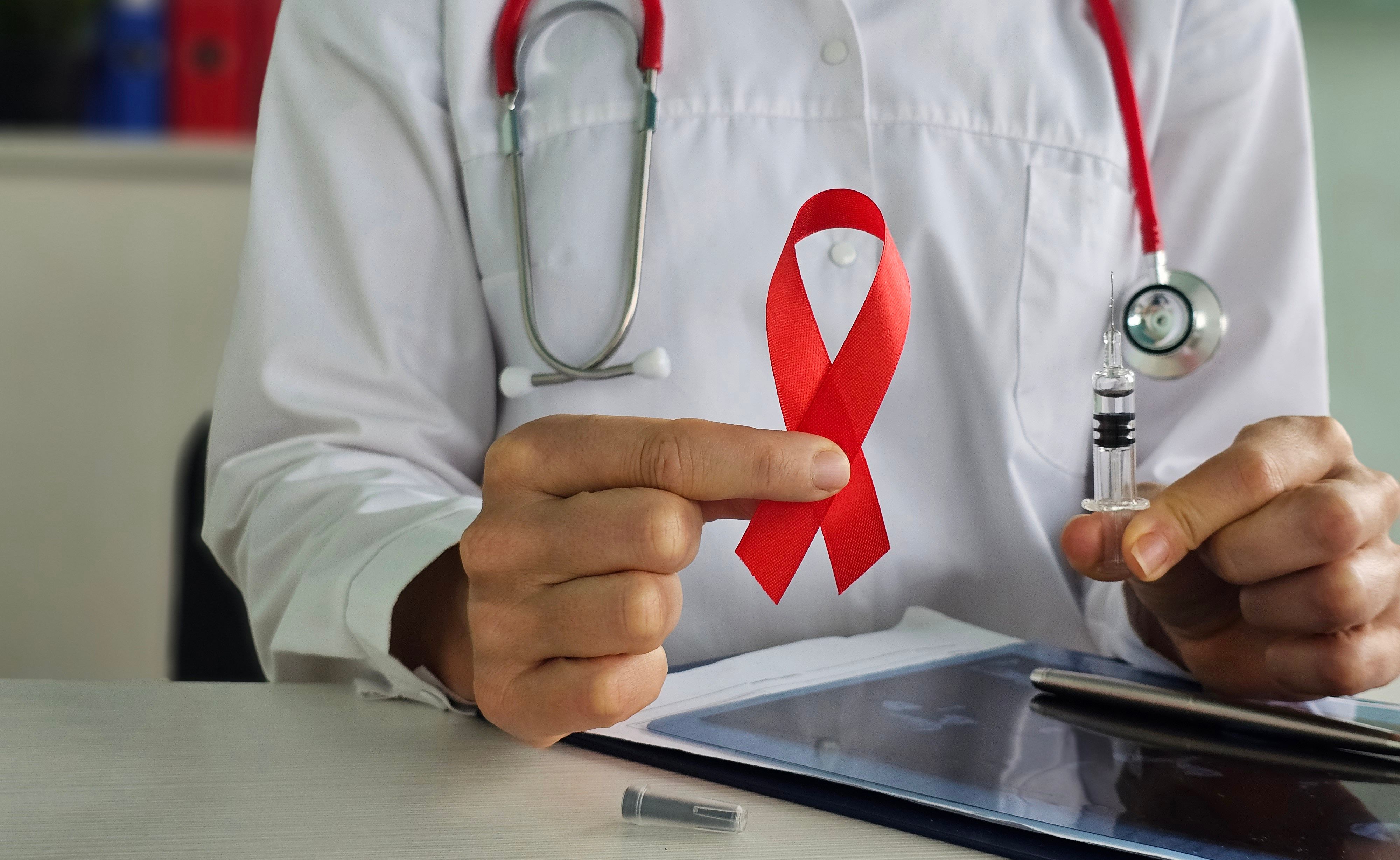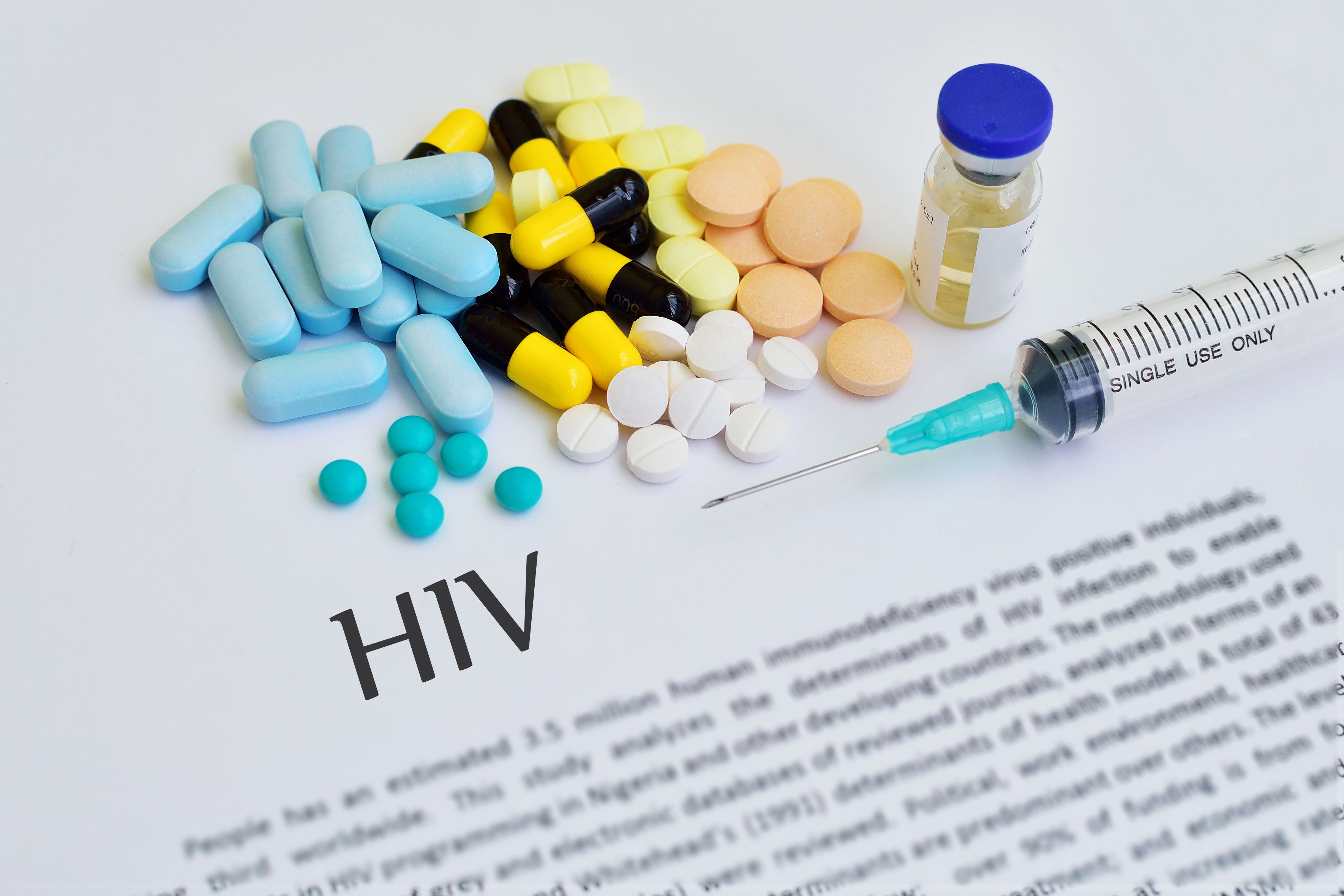Article
Persons Living With HIV Have a Higher Risk of Recurrent Blood Clots
Author(s):
Close to 40 million individuals are infected with HIV globally. A new study describes how some have a higher risk for a first venous thromboembolism that is 2 to 10 times above that of the general population.
The HIV-positive patient population carries with it a risk for a first venous thromboembolism (VTE), or blood clot that originates in a vein, that is 2 to 10 times higher than the general population. Aiming to identify concrete factors that contribute to this higher risk, as well as better quantify this risk among persons living with an HIV infection (PWH), investigators from the Netherlands extracted data from 2 previous studies, publishing their results in a recent issue of PLoS Medicine.
For their study cohort of PWH (n = 153), data were derived from the AIDS Therapy Evaluation in the Netherlands cohort for patients who entered the study between January 2003 and April 2015. The control cohort (n = 4005) consisted of HIV-negative persons enrolled between March 1999 and August 2004 in the Multiple Environmental and Genetic Assessment of risk factors for venous thrombosis follow-up study. Follow-up occurred from when anticoagulation therapy was stopped to VTE recurrence, loss to follow-up, death, or end of study, whichever occurred first.
“Generally speaking, when any patient with a first VTE has completed 3 months of anticoagulant therapy, the treating physicians should weigh the risk for VTE recurrence against major bleeding complications associated with prolonged use,” the authors noted.
The median (interquartile range [IQR]) age of the study cohort was 48 (IQR, 42-57) years, while the control group’s median age was of 49 (IQR, 38-58) years. All patients had a history of at least 1 VTE, whether it be a deep venous thrombosis or pulmonary embolism and was provoked or unprovoked. The former occurs following known major risk factors (eg, cancer, acute infection, surgery, immobilization), and the latter, seemingly “in the absence of known precipitants” (eg, race/ethnicity, physical activity, age, and body mass index). None were treated with direct-acting anticoagulants during the follow-up period.
Results show that the first VTE was unprovoked in 71% of the study group compared with 34% among the controls, and that 11% of PWH died during follow-up compared with just 1% of the control group. There also were 40 VTE recurrences for 774 person-years of follow-up (PYFU) in the study group versus 635 during 20,215 PYFU for the control group, for overall rates of 5.2 and 3.1, respectively, per 100 PYFU (HR, 1.70; 95% CI, 1.23-2.36; P = .003).
In addition, VTE recurred at a higher rate, per 100 PYFU, in PWH in the following subgroups compared with controls:
- Men: 5.6 versus 4.8
- Women: 3.6 versus 1.9
- Unprovoked: 6.0 versus 5.2
- Provoked: 3.1 versus 2.1
Consistently higher incidence rates of recurrent VTE were also seen among PWH versus controls at the 3 follow-up timepoints following stoppage of anticoagulant therapy:
- 1 year: 12.5% (95% CI, 8.2%-18.9%) versus 5.6% (95% CI, 4.9%-6.3%)
- 2 years: 17.2% (95% CI, 12.0%-24.2%) versus 8.9% (95% CI, 7.8%-9.7%),
- 5 years: 23.4% (95% CI, 17.3%-31.3%) versus 15.3% (95% CI, 14.1%-16.5%)
Following adjustments that accounted for age, sex, and provoked versus unprovoked first VTE, recurrent VTE risk still was higher among PWH than the control group (HR, 1.67; 95% CI, 1.04-2.70).
One important positive outcome was that within the PWH group, risk of recurrent VTE was lower among patients whose immune systems could recover faster despite having a greater degree of immunodeficiency at the time of their first VTE. The authors proposed this was because their CD4+ T-cell levels recovered better due to the patients being on antiretroviral and anticoagulation therapy when the first VTE happened (adjusted HR, 0.81 per 100 cells/mm3 increase; 95% CI, 0.67-0.97; P = .02).
“We observed a high risk of VTE recurrence in PWH. Clinicians managing VTE in PWH should incorporate all relevant data to decide on anticoagulant treatment duration and do so in light of the full clinical profile of individual patients,” they concluded. “As an overall message, in line with international guidelines, anticoagulant therapy should be continued in most PWH after an unprovoked first VTE and stopped after a provoked first VTE.”
They recommend the following for future study of PHW:
- Determining what CD4+ T-cell levels dictate ceasing anticoagulant use in PWH
- Evaluating VTE risk among different populations of PWH, including injection drug users, women, younger patients, people who live in sub-Saharan Africa, and those with concomitant infections (eg, malaria, tuberculosis)
- Examining the risk of major bleeding events as they relate to chronic use of anticoagulants among PWH
- Exploring fixed-duration anticoagulant use among in PWH whose immune systems have recovered to levels not seen since before their first unprovoked VTE
Reference
Rokx C, Howard JFB, Smit C, et al. Risk of recurrent venous thromboembolism in patients with HIV infection: a nationwide cohort study. PLoS Med. Published online May 14, 2020. doi:10.1371/journal.pmed.1003101





